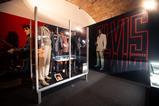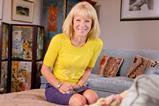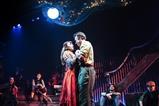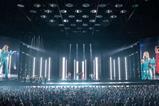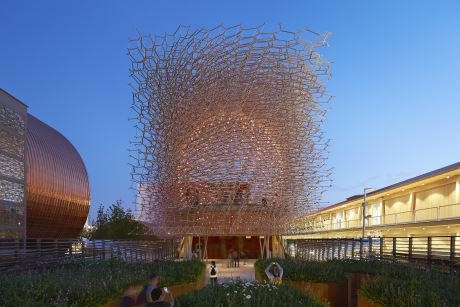
The Hive – an immersive installation designed to teach people about the life of bees – will find its permanent home at Kew gardens this summer.
The 17-metre high sculpture has been designed by Wolfgang Buttress and created by BDP, Simmonds Studio and Stage One. It was originally displayed at the Milano Expo in 2015.
The 50-tonne lattice structure doubles up as an immersive experience, which has been inspired by scientific research into the health of bees.
Groups will be able to make their way through the continually changing space, which will glow with hundreds of LED lights and be accompanied by a symphony of orchestral sounds of buzzes and pulses.
These will be triggered by vibration sensors from an actual beehive, allowing visitors an insight into the moving life of a bee colony.
Visitors will enter the space via a wildflower meadow, designed to make them feel like they are worker bees returning to the hive.
The meadow will help to build an understanding and appreciation of such habitats, and their significance for insect pollinators.
Learning opportunities
Groups will also discover the relationship between food security and pollinators as Kew scientists share their solutions for the pressure pollinators face, based on their research.
This draws on their investigations into the plant chemicals in pollen and nectar, which enables bees to overcome disease, and the development of high quality wildflower seeds by Kew’s UK Native Seed Hub.
Richard Deverell, director of the Royal Botanic Gardens, Kew commented, “We are truly delighted to announce The Hive’s move to Kew, both for its magnificent aesthetic appeal and for the resonance it has with our work – I can think of no better home for this remarkable marriage of architecture and science.
“The Hive creates a powerful, immersive space for us to explore the urgent issues we face in relation to pollinators, their intimate relationships with plants and their vital role in helping us feed a rapidly growing population.
“To be able to bring those stories alive here at Kew – a centre of scientific knowledge and expertise and one of the planet’s most biodiverse city landscapes – is a true honour.”
Lord Gardiner of Kimble, lords spokesman for the department for Environment, Food and Rural Affairs added, “Pollinators like bees and other insects are integral to our natural environment, and play a vital role in our food industry.
“The Hive is an extraordinary structure, which symbolises how the UK champions the protection of bees and nature. I am delighted to see it make a return to the UK at Kew, where it will continue to amaze the public and raise awareness of how vital pollination is.”
For more information visit www.kew.org.









